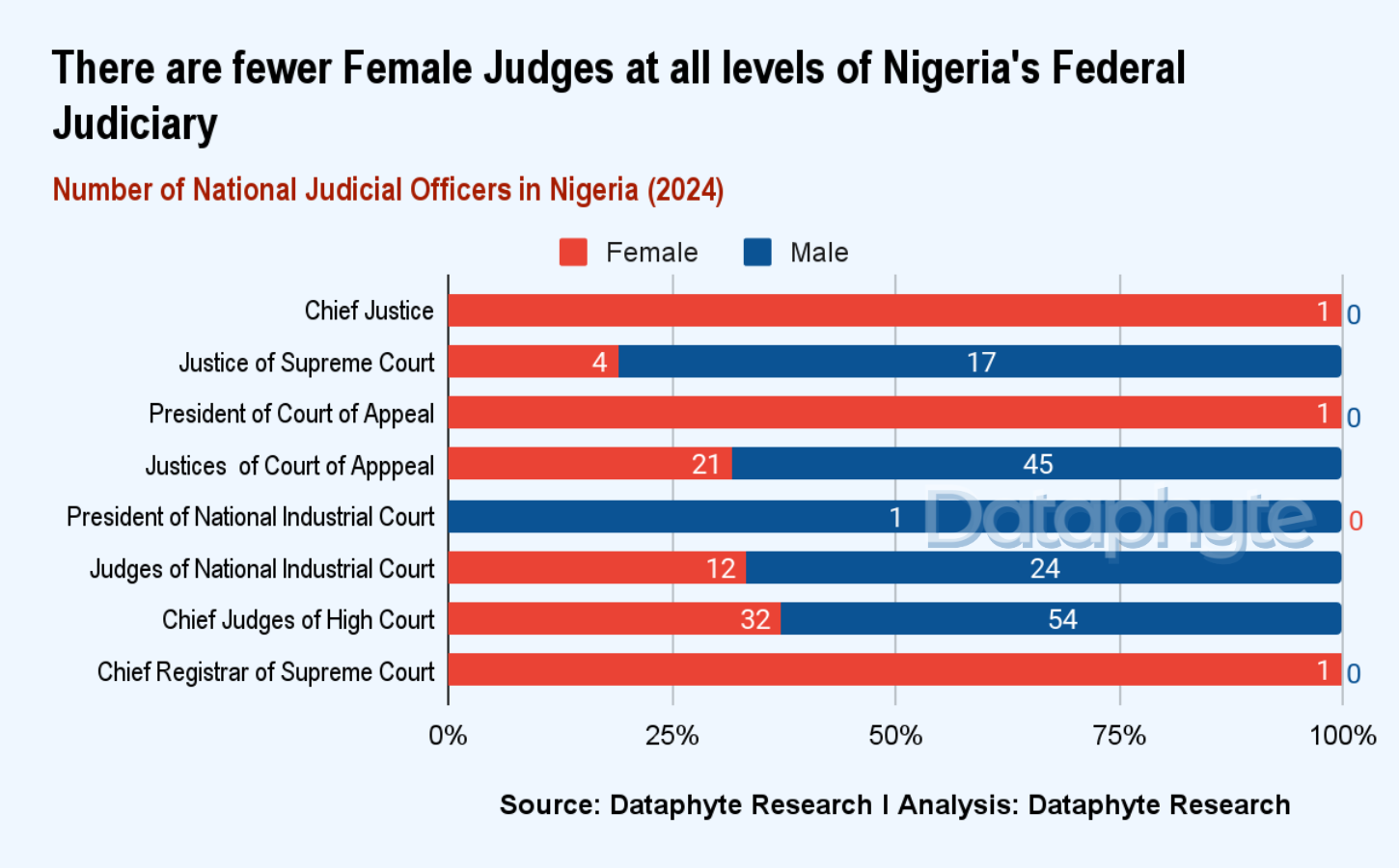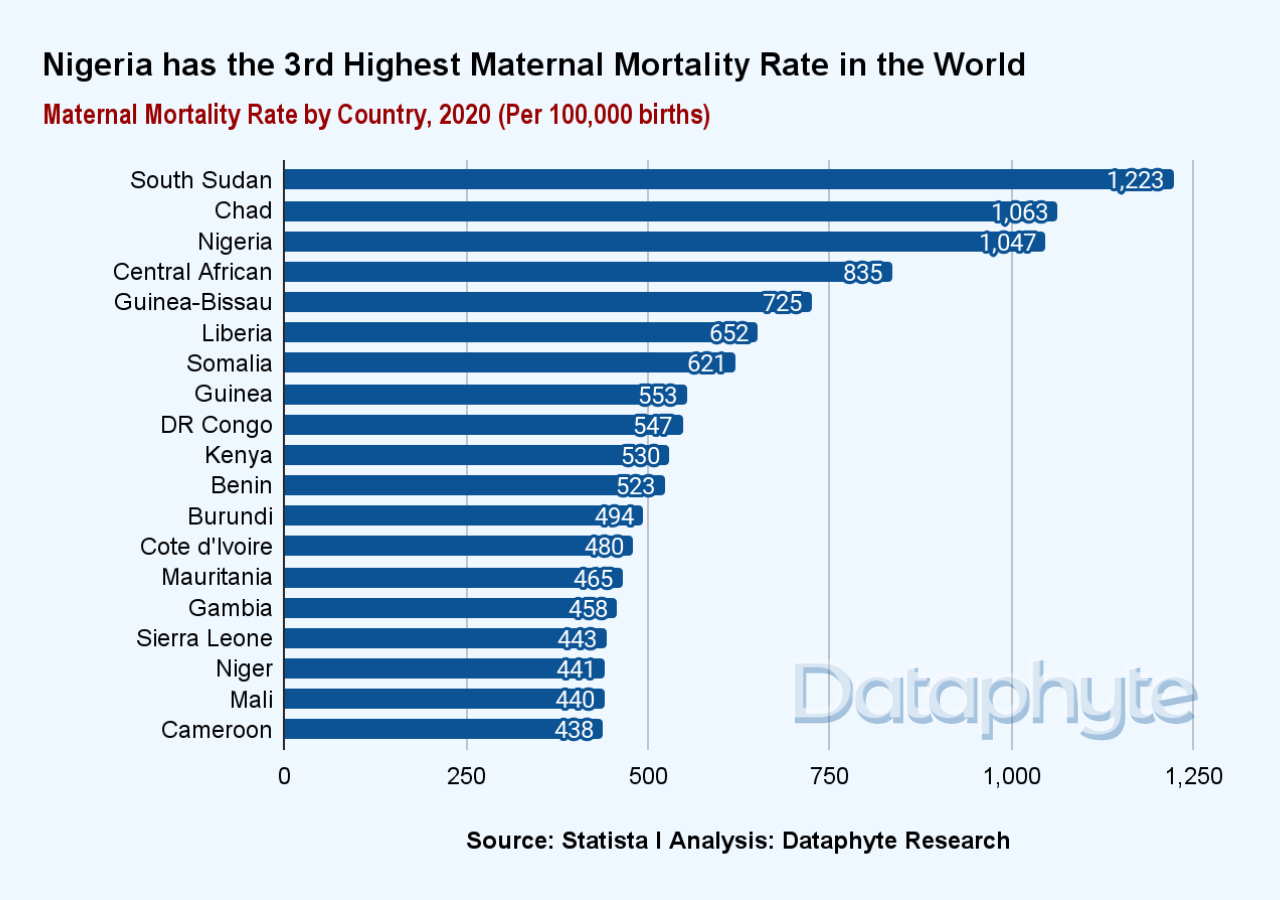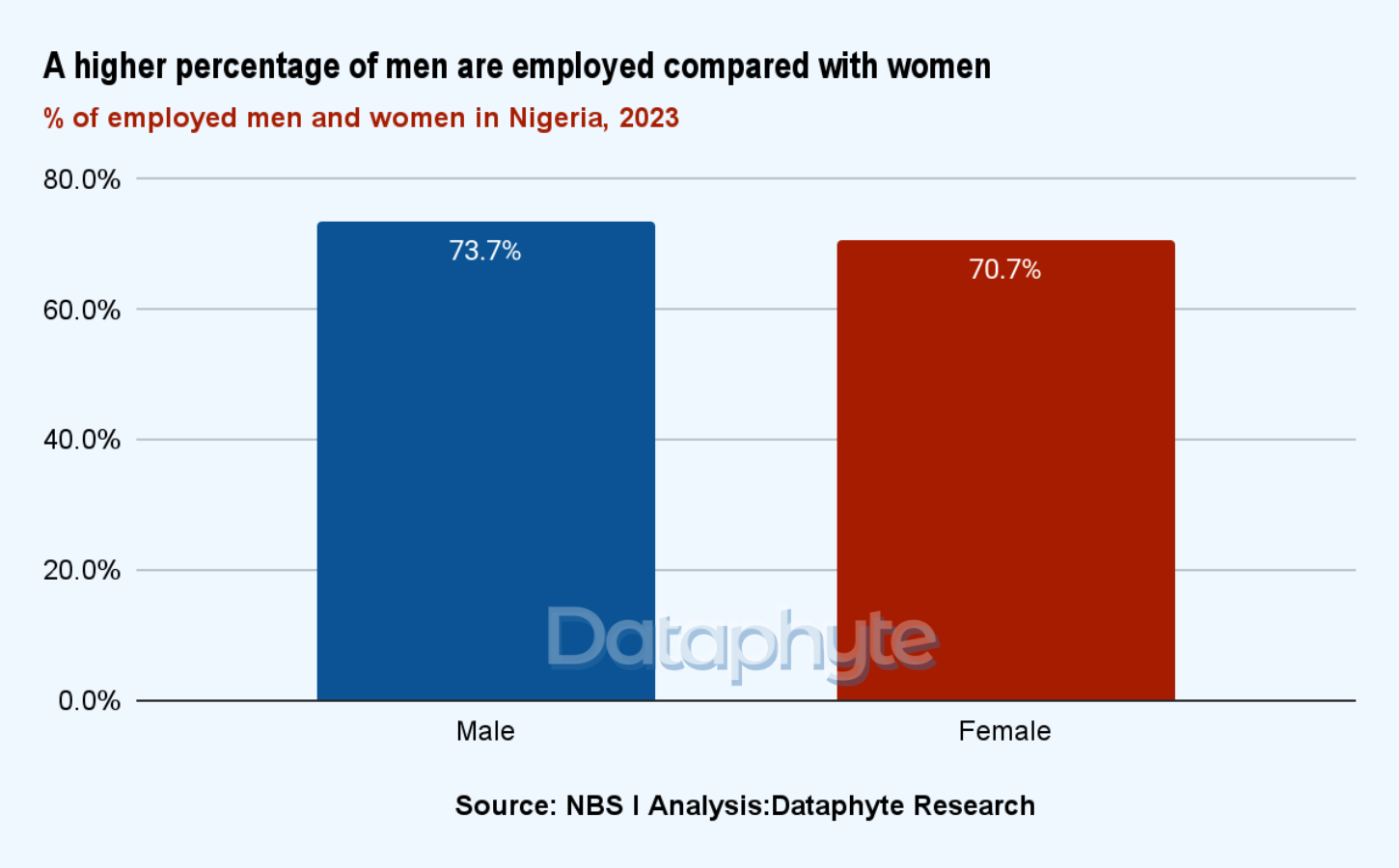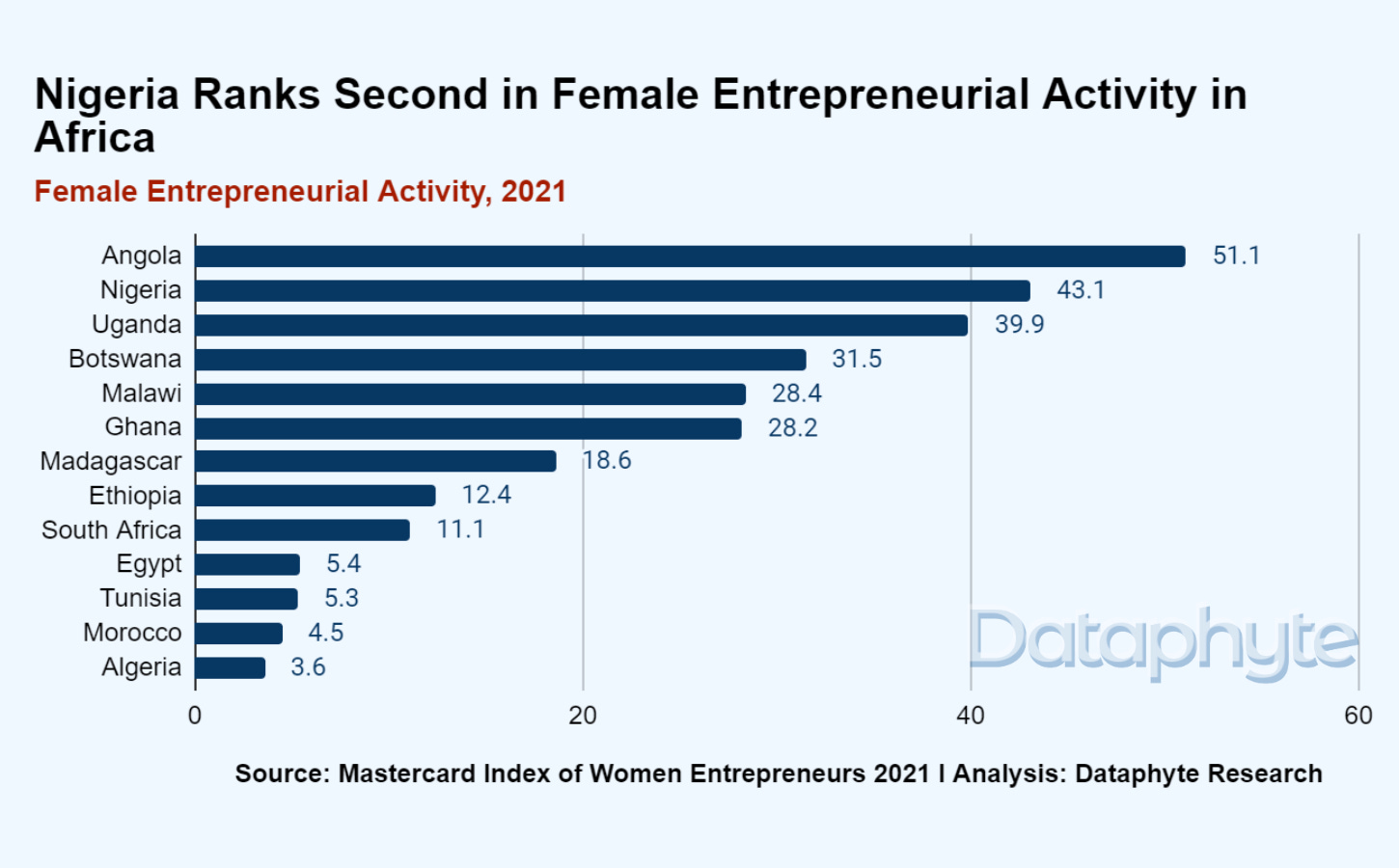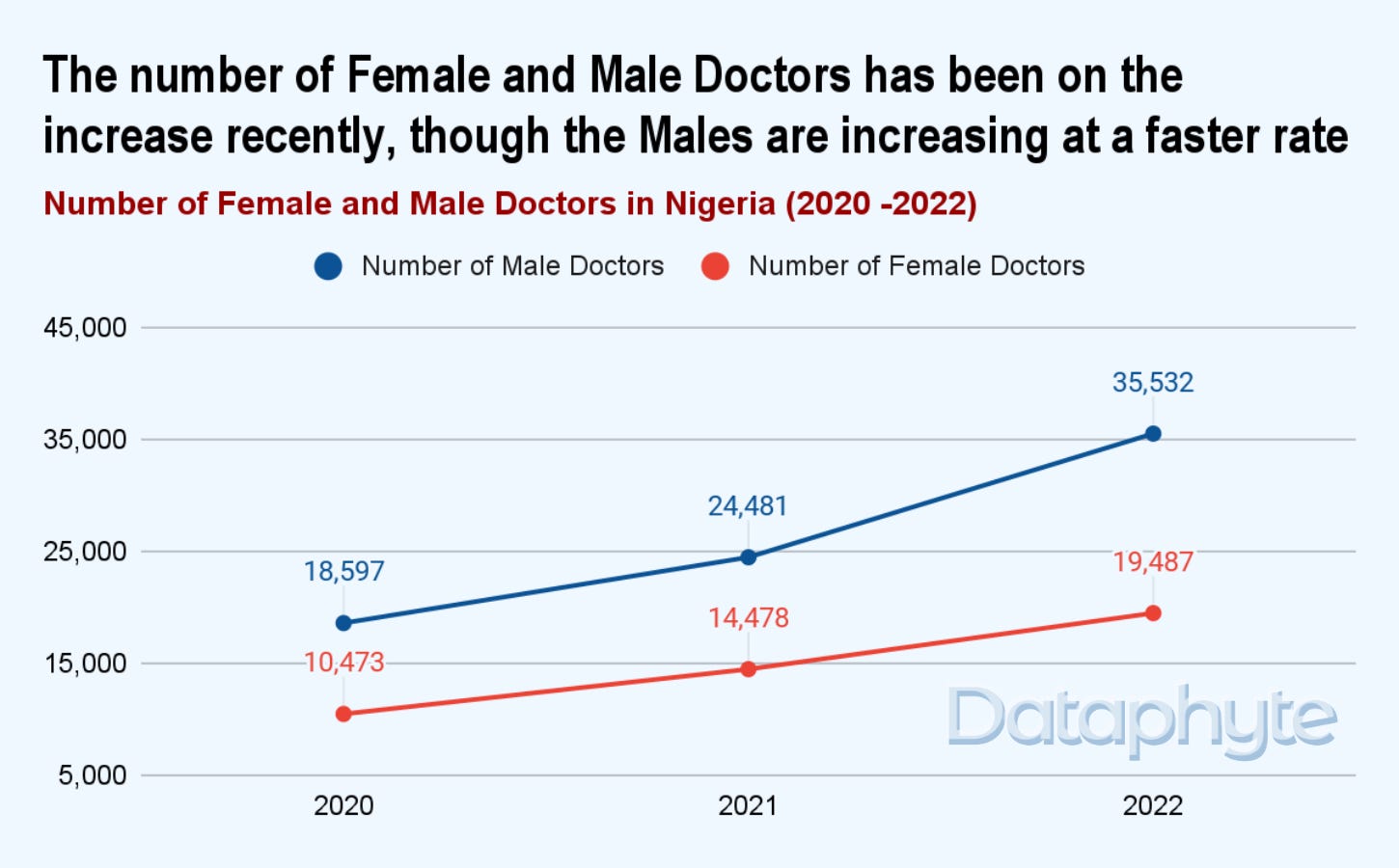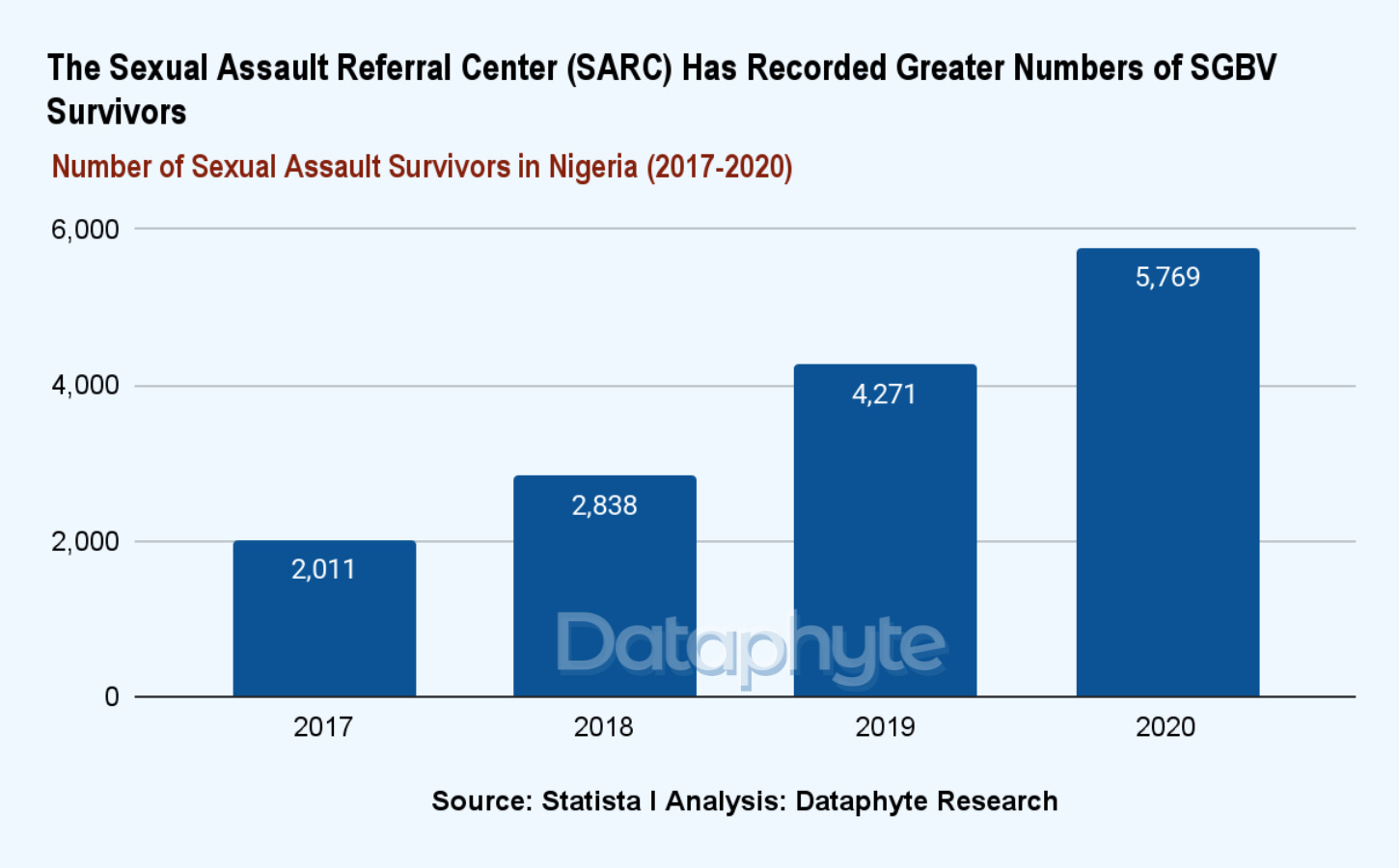Here is a rundown of some recent articles from this newsletter which highlight a variety of gender issues as they affect women in all areas of Nigerian society.
Women in the Judiciary
Justice Kudirat Olatokunbo Kekere-Ekun has been sworn in as the 23rd Chief Justice of the Federation (CJN). President Bola Ahmed Tinubu administered her oath of office on Sep 30, 2024.
Justice Kekere-Ekun is only the second woman to attain that position after Honourable Justice Mariam Aloma-Mukthar, who was CJN from 2012 to 2014.
Even though they are still in the minority, the data shows that female judges are now attaining top positions in the judiciary unlike in the past. Between 2014 and 2024, no woman emerged in the CJN position until the appointment of Justice Kudirat Kekere-Ekun.
Women lag behind in the Nigerian Civil Service
Staff of the Nigerian civil service are employed at different levels based on their academic qualifications and working experience.
The minimum entry level in the Nigerian Civil service is level 1 - 6. The most senior management level is grade level 15-17 - the highest level workers can attain while in service.
Regrettably, there are fewer women across all 35 Ministries, Departments and Agencies (MDAs) captured by the NBS data. None of the MDAs has an equal proportion of women and men.
Nigeria Tops Global Maternal Mortality Chart
According to the World Health Organisation (W.H.O,), maternal mortality refers to the health of women during pregnancy, childbirth and the postnatal period, while the infant mortality rate is the probability of a child born in a specific year or period dying before reaching the age of one. It is the total number of infant deaths per 1,000 births.
Trend data shows there is a high incidence of women of childbearing age losing their lives due to pregnancy and postnatal complications in Nigeria.
Nigeria leads the world in rates of maternal mortality in absolute terms with nearly 82,000 deaths in 2020. In terms of maternal deaths per 100,000 births, Nigeria ranks third only to Chad - its neighbour to the north - and South Sudan.
Low Female Representation in the Nigeria's Labour Market
In 2023, the Nigerian labour force reached over 88.9 million. The total employed female population in Nigeria is estimated at almost 45.3 million, while the total employed male labour force is projected to be slightly lower, at around 43.5 million.
There are 52% of women aged 15 and above who make up Nigeria’s labour force, compared with 48% of men.
The total percentage of employed people in the Nigerian Labour market is 72.2%. Breaking this figure down, we find that 73.7% of the male labour force is currently employed while 70.7% of the female labour force is employed.
This shows that on average in every Nigerian workspace, there are more employed male workers than female workers.
Fueling Africa's Female-Led Startups
According to Africa: The Big Deal report, all-male founding teams received $1 for every $1 raised, while all-female founding teams only received 2.7 cents (37x less).
Such discrepancies in funding affect a startup’s likelihood of success and its potential for future growth.
Startups are founded by one or more entrepreneurs who want to develop a product or service for which they believe there is (or will be) demand. These companies generally start with high costs and limited revenue, which is why they look for capital from a variety of sources such as angel investors and venture capitalists.
Data shows that 43.1% of women are entrepreneurially active in Nigeria as of 2021. The Mastercard Index of Women Entrepreneurs defines ‘entrepreneurial activity’ as “working-age females about to start a business or have been operating one for a maximum of 3.5 years”.
According to this measure, Nigeria ranks second among 13 African countries surveyed in the report. Angola tops the chart with 51.1% of its women being entrepreneurially active.
More Female Doctors, Less on Duty
A study has shown that there is an increasing number of women joining the medical profession in Nigeria, but they are often faced with cultural beliefs and marital roles that prevent them from practising fully.
Trend data shows female doctors have always been fewer than men, though both genders have recorded increases in their numbers over the years. Also, the number of male doctors has increased faster than the number of women.
Growing Gender-Based Violence in Nigeria
The United Nations High Commissioner for Refugees (UNHCR) opined that the majority of victims and survivors of SGBV are females while the males can also be harmed by SGBV.
While the incidence of GBV is on the rise in Nigeria, the number of sexual assault survivors recorded by the Sexual Assault Referral Centers (SARC) increased in the past victims of sexual assault
For instance, in 2017 there were 2,011 complaints received across all centers. In 2018, the number of cases increased to 2,838.
Also, in 2019, the total number of recorded survivors was 4,271 and it increased to 5,769 in 2020.
Thanks for reading this edition of SenorRita. It was written by Kafilat Taiwo and edited by Joachim MacEbong.




